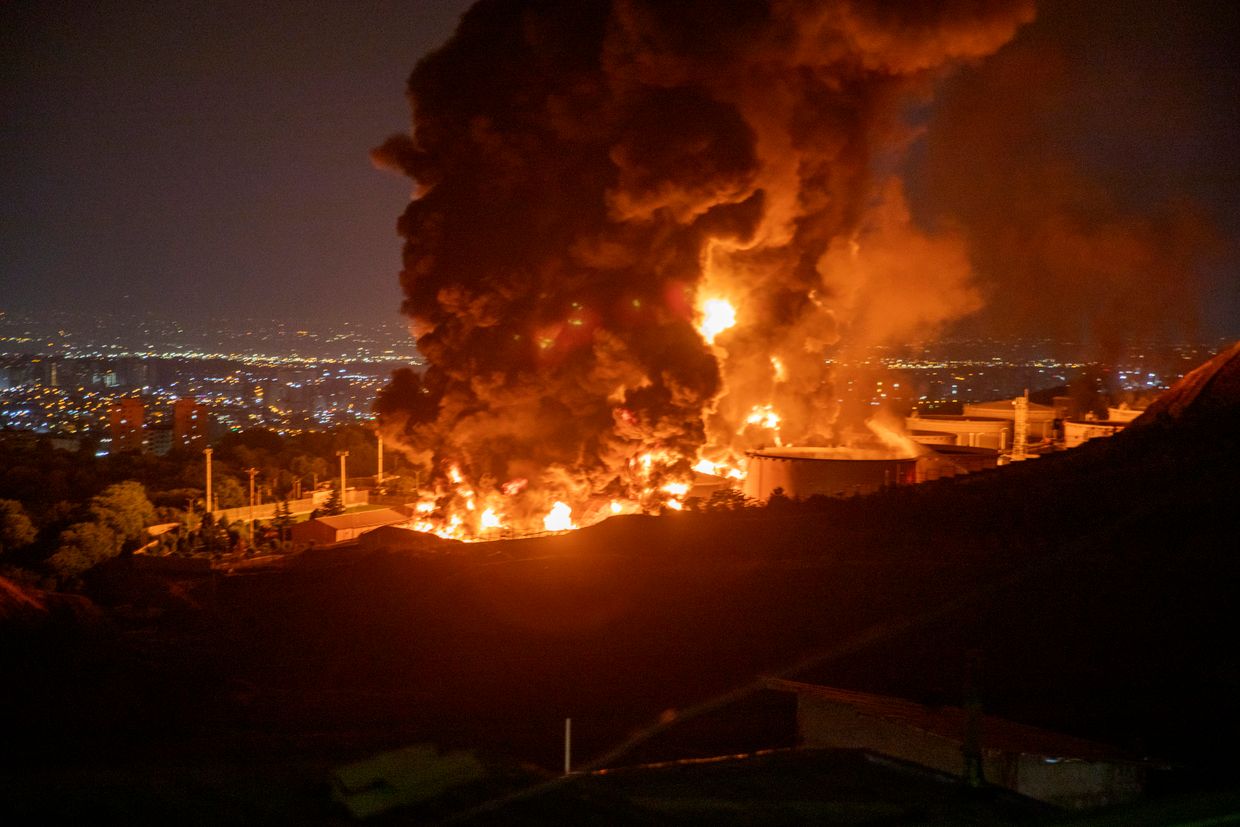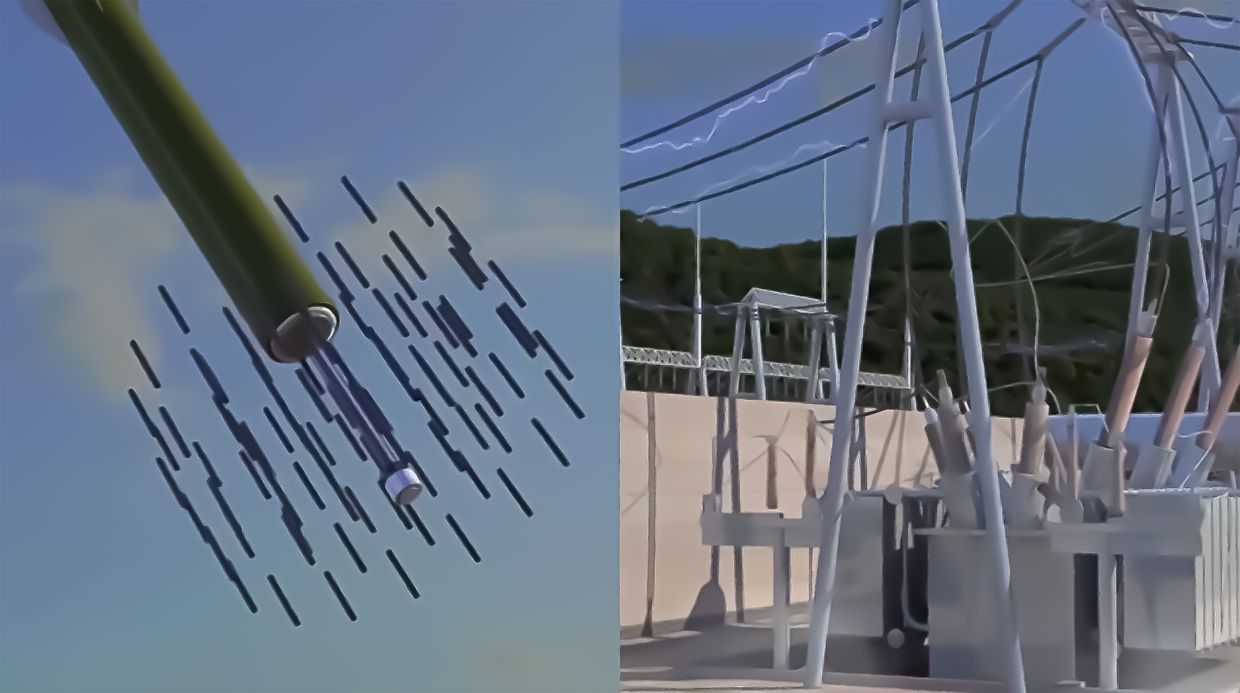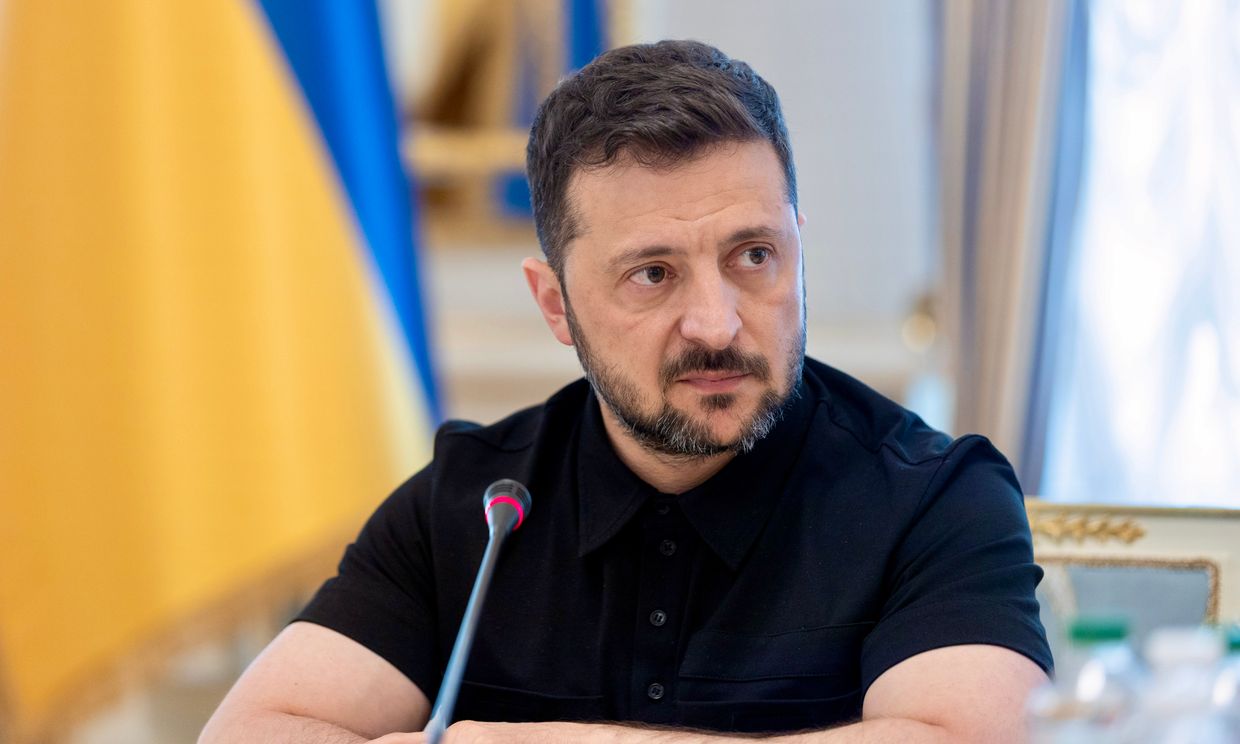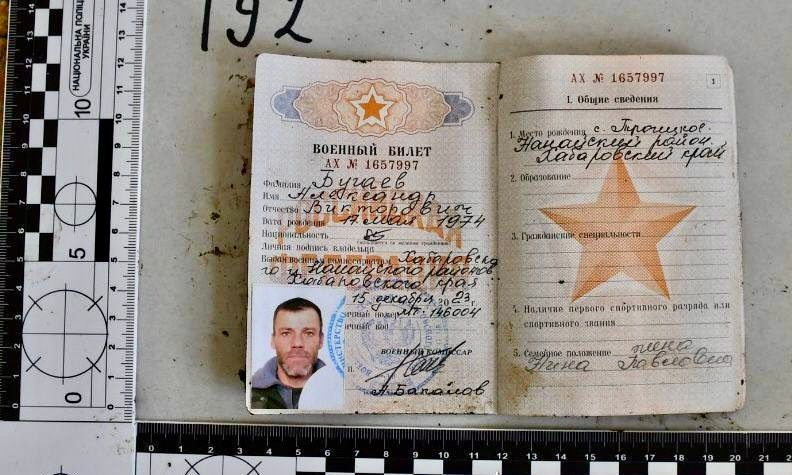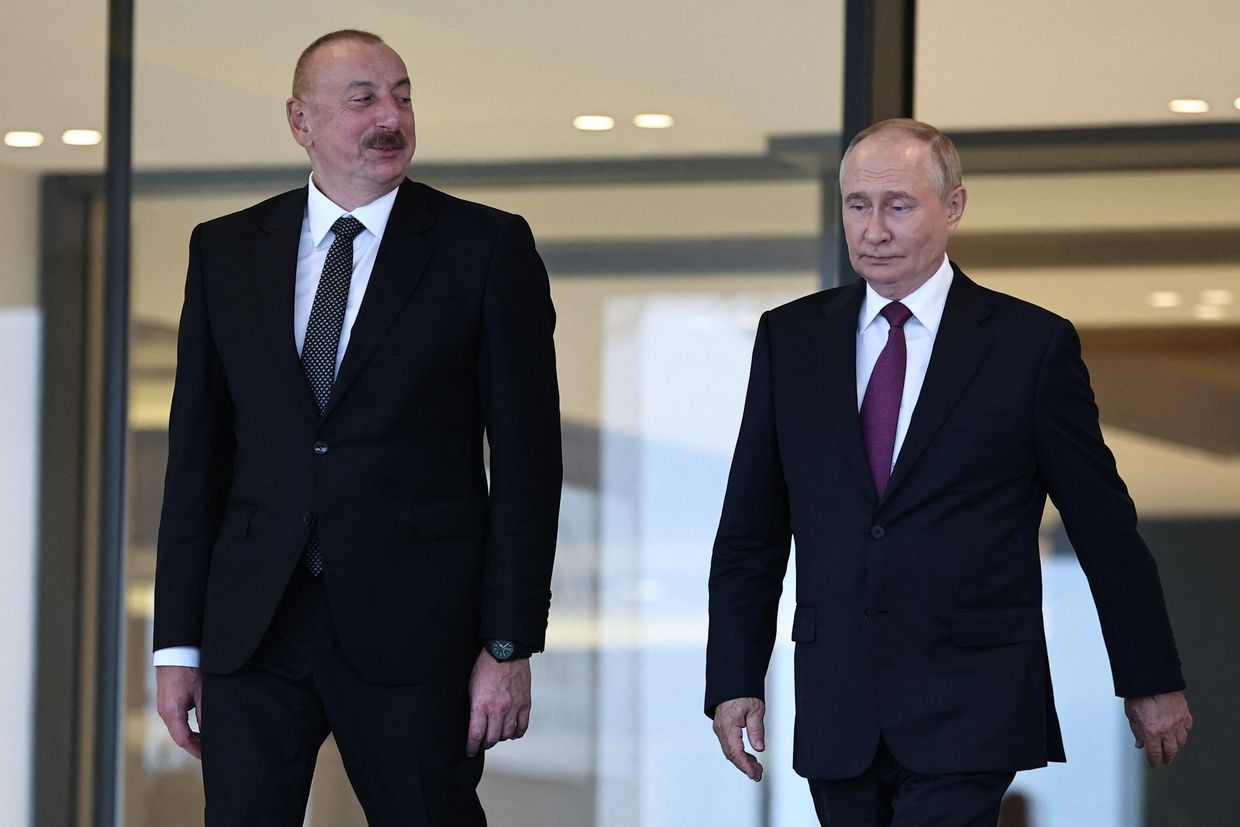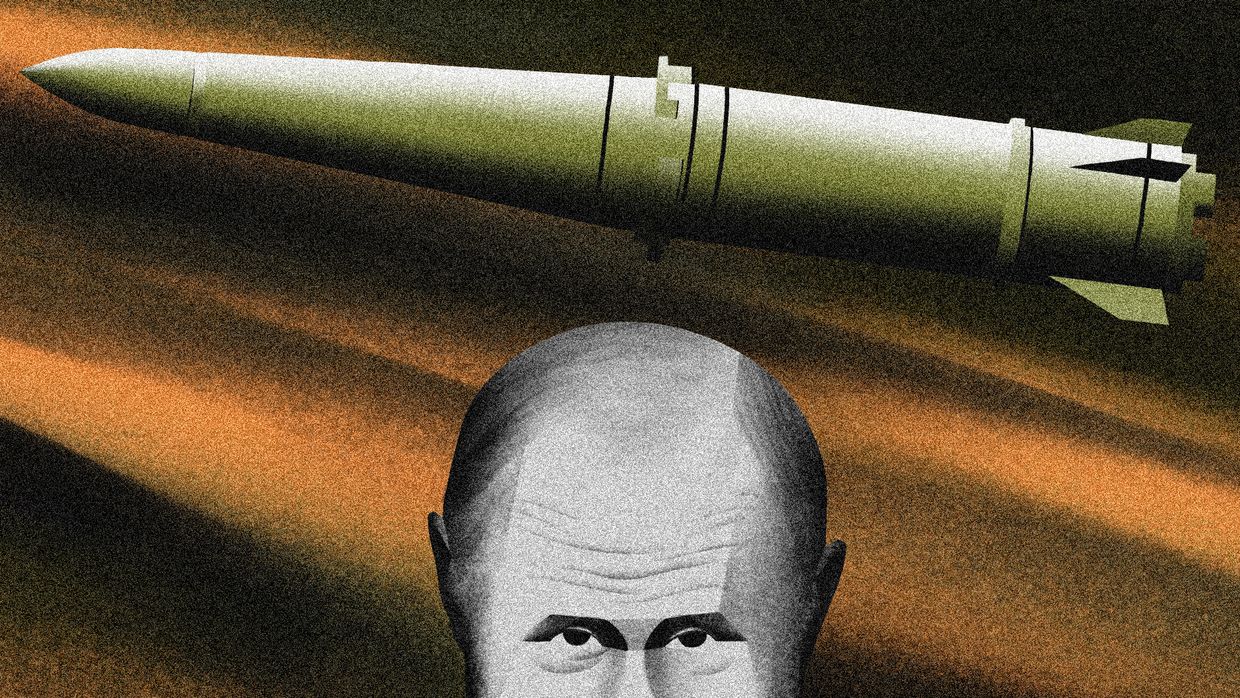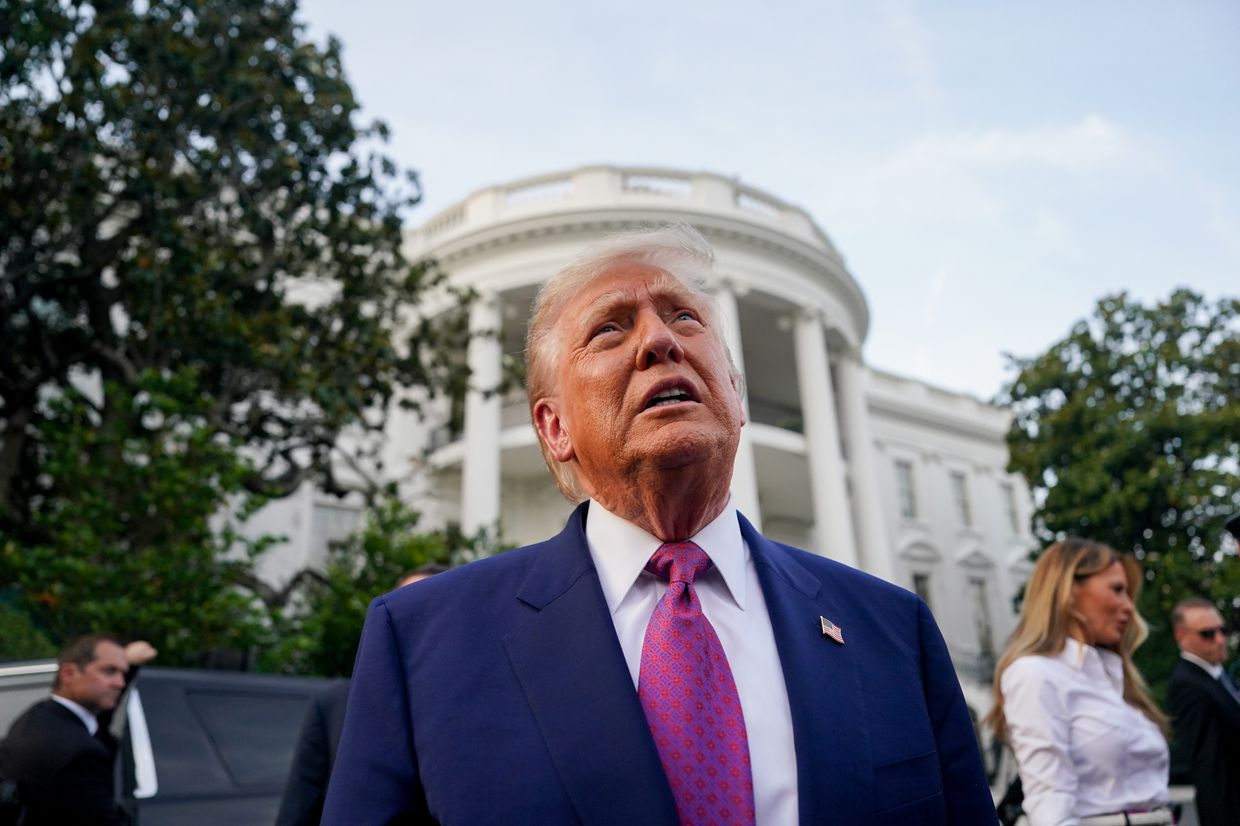Canada will reach NATO’s defense spending target of 2% of GDP this year, five years ahead of schedule, Prime Minister Mark Carney announced on June 9.
Speaking at the University of Toronto, Carney said the move is part of a strategic pivot away from reliance on the U.S. and toward deeper cooperation with the European Union, citing growing security threats from Russia, China, and other adversaries.
Carney said Canada's current military capabilities are inadequate, noting that only one of four submarines is operational and much of the maritime and land fleet is outdated.
To reverse this trend, his government is launching a $6.8 (9.3 billion Canadian dollars) boost to the defense budget for 2025-26. The investment will be tabled in Parliament through supplementary estimates and directed toward rebuilding the Canadian Armed Forces, upgrading equipment, and expanding domestic production capabilities.
The new defense posture includes reassessing major procurement decisions, such as the planned purchase of U.S.-made F-35 jets, and prioritizing partnerships with European firms for equipment acquisitions.
Carney emphasized that three-quarters of Canada's defense capital spending has gone to the U.S., a pattern he said must end. "We’re doing this for us," Carney was quoted as saying. "Relatedly we’re doing it as a strong NATO partner, we’re a firm believer in NATO, and we’re standing shoulder to shoulder with our NATO allies, we’ll continue to do so. ."
Carney’s announcement comes just ahead of the NATO leaders' summit in late June, where member states are expected to commit to higher defense spending thresholds of up to 5%.
The prime minister said Canada would support a new NATO defense industrial pledge and participate in the EU’s ReArm Europe initiative. He added that future cooperation with the EU will be a major theme of the upcoming Canada-EU summit.






